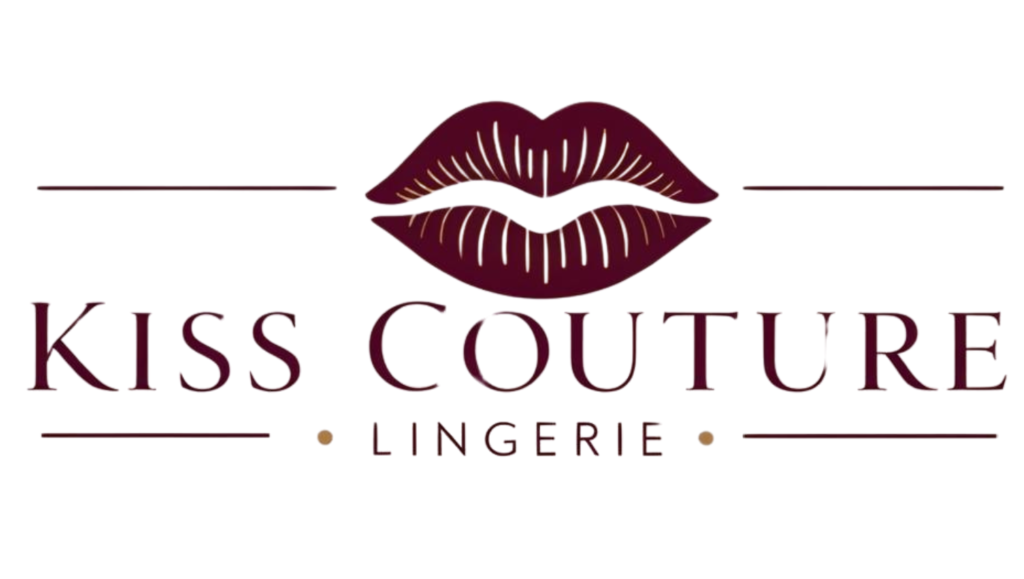Victoria’s Secret & Co, a prominent player in the lingerie retail market, recently disclosed its financial performance for the fourth quarter of 2024. The company reported a modest 1 percent increase in net sales, amounting to 2.106 billion dollars, and a notable 5 percent growth in comparable sales.
Reflecting on the holiday season, CEO Hillary Super expressed contentment with the positive sales trajectory across Victoria’s Secret, Pink brands, and beauty segments. The company observed an uptick in sales across various product categories, both in physical stores and digital platforms, spanning North America and international markets.
Despite the encouraging holiday figures, Victoria’s Secret acknowledged the prevailing economic uncertainties, fluctuating consumer sentiments, and unusual weather patterns that have cast a shadow of doubt over the early 2025 projections. This cautious sentiment has led the company to anticipate a decline in first-quarter net sales, ranging from 1.30 billion dollars to 1.33 billion dollars, with adjusted operating income expected to fall between 10 million dollars and 30 million dollars.
Looking ahead, the company remains optimistic about gradual market improvements and is focused on fostering growth in both its domestic and global operations. Super underscored the importance of proactive management strategies to navigate the near-term challenges and uncertainties, essential for sustaining long-term growth prospects.
Victoria’s Secret has set its sights on achieving fiscal year 2025 net sales between 6.2 billion dollars and 6.3 billion dollars, with adjusted operating income targeted within the range of 300 million dollars to 350 million dollars. The company’s strategic outlook emphasizes the resilience and adaptability required to thrive in a dynamic retail landscape characterized by evolving consumer behaviors and economic conditions.
As the lingerie retail market continues to evolve, industry experts predict a shift towards more inclusive and diverse marketing strategies to resonate with a broader consumer base. The rise of direct-to-consumer brands and online platforms has intensified competition, prompting established players like Victoria’s Secret to recalibrate their business models and enhance their digital presence.
With digital transformation reshaping the retail sector, Victoria’s Secret’s emphasis on omnichannel strategies and customer engagement reflects a broader industry trend towards seamless shopping experiences and personalized services. Navigating the uncertainties of the post-pandemic era, retailers are increasingly investing in e-commerce capabilities and data analytics to drive targeted marketing campaigns and enhance customer loyalty.
Against the backdrop of economic challenges and shifting consumer preferences, Victoria’s Secret’s proactive approach to managing market headwinds underscores the resilience and adaptability required to thrive in a competitive retail landscape. As the company charts its course for 2025 and beyond, strategic agility and innovation will be pivotal in sustaining growth and relevance in the evolving lingerie retail market.
📰 Related Articles
- Victoria’s Secret Sold: Brand’s Decline and Revitalization Strategies
- Taiwan Stock Market Sees Decline Amid Semiconductor Tariff Uncertainties
- Stock Futures Rise Amid Victoria’s Secret, EchoStar Surges
- Silver Bullion Coins: Affordable Investment Option Amid Economic Uncertainties
- SSE Composite Index Closes Lower Amid Economic Uncertainties






